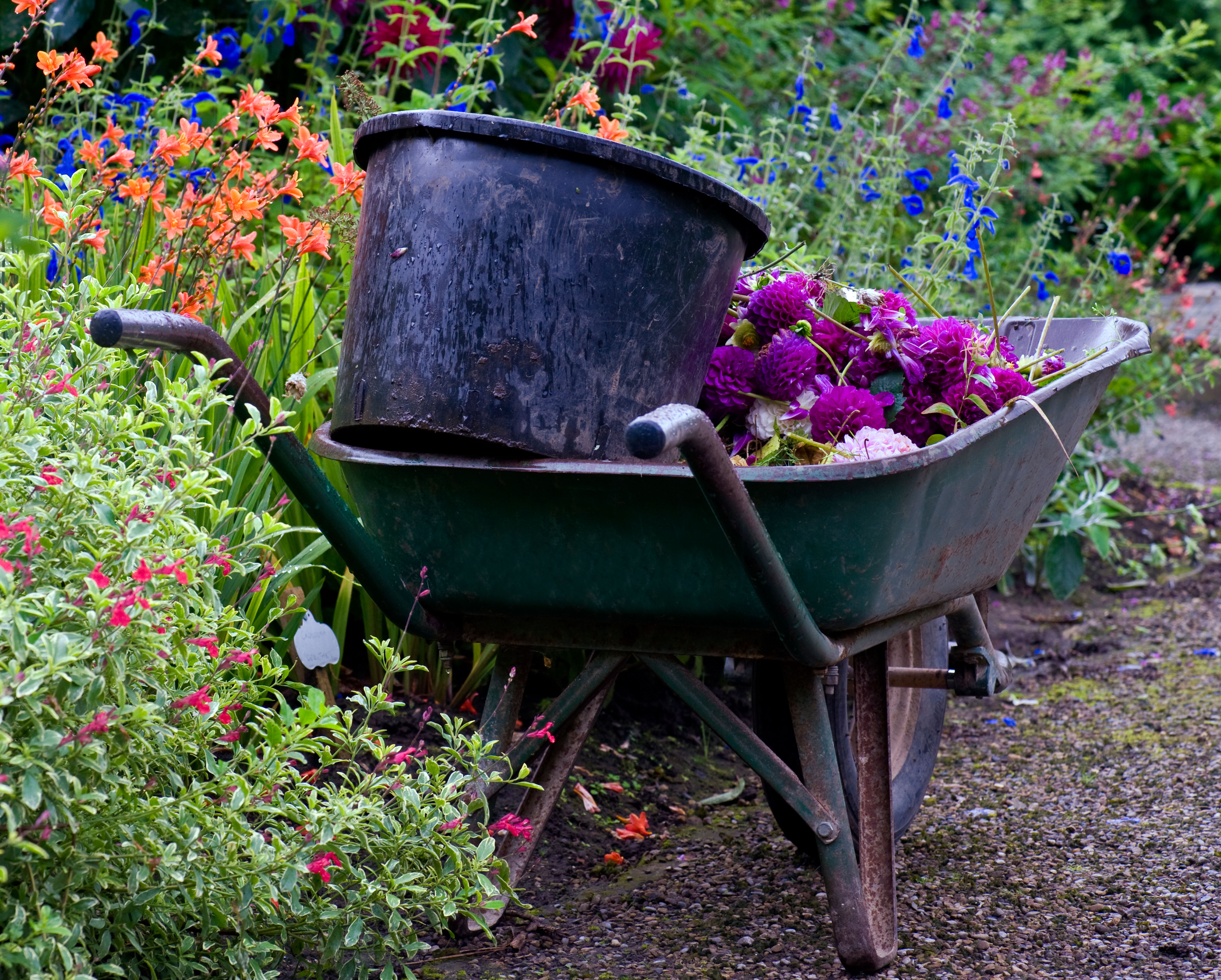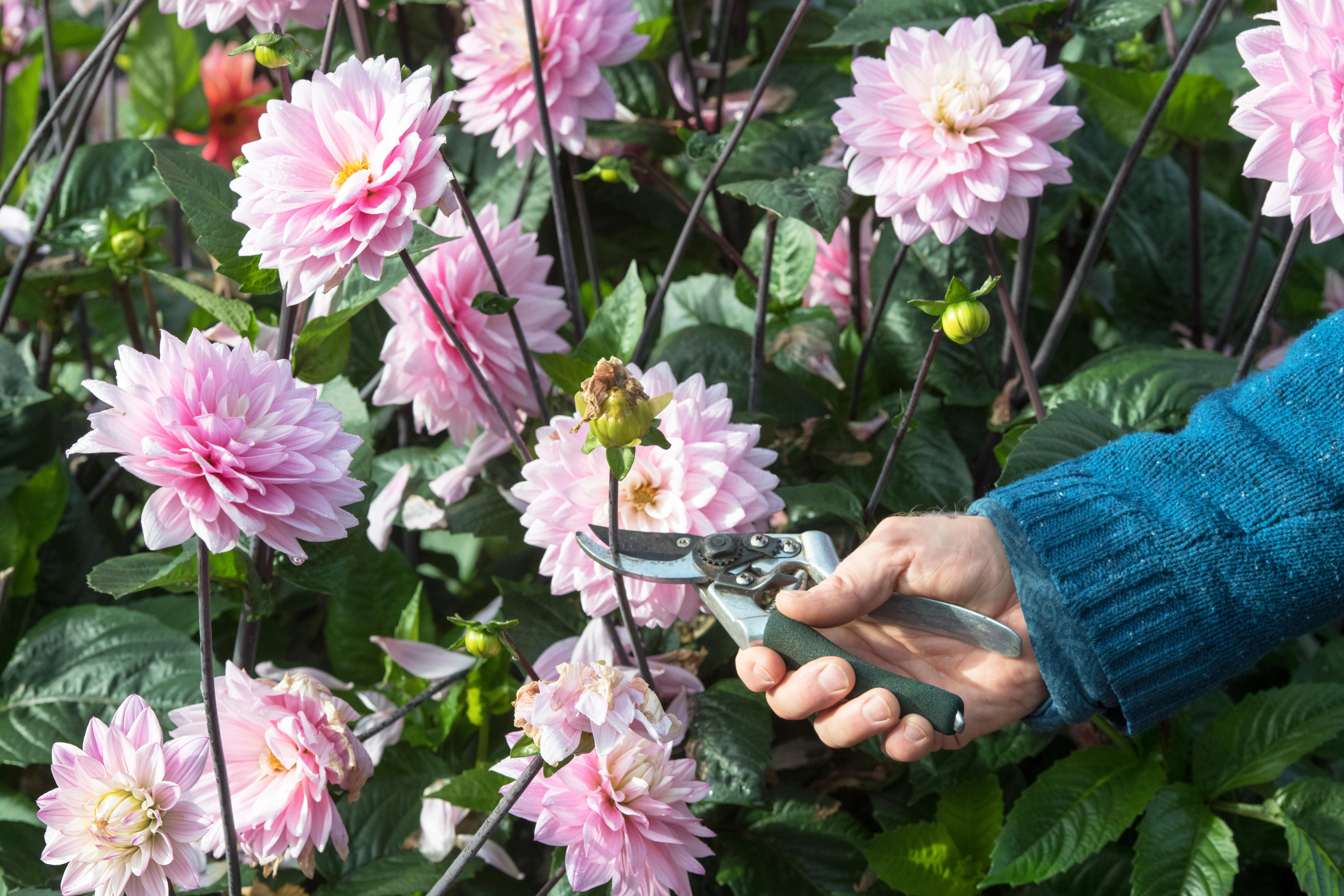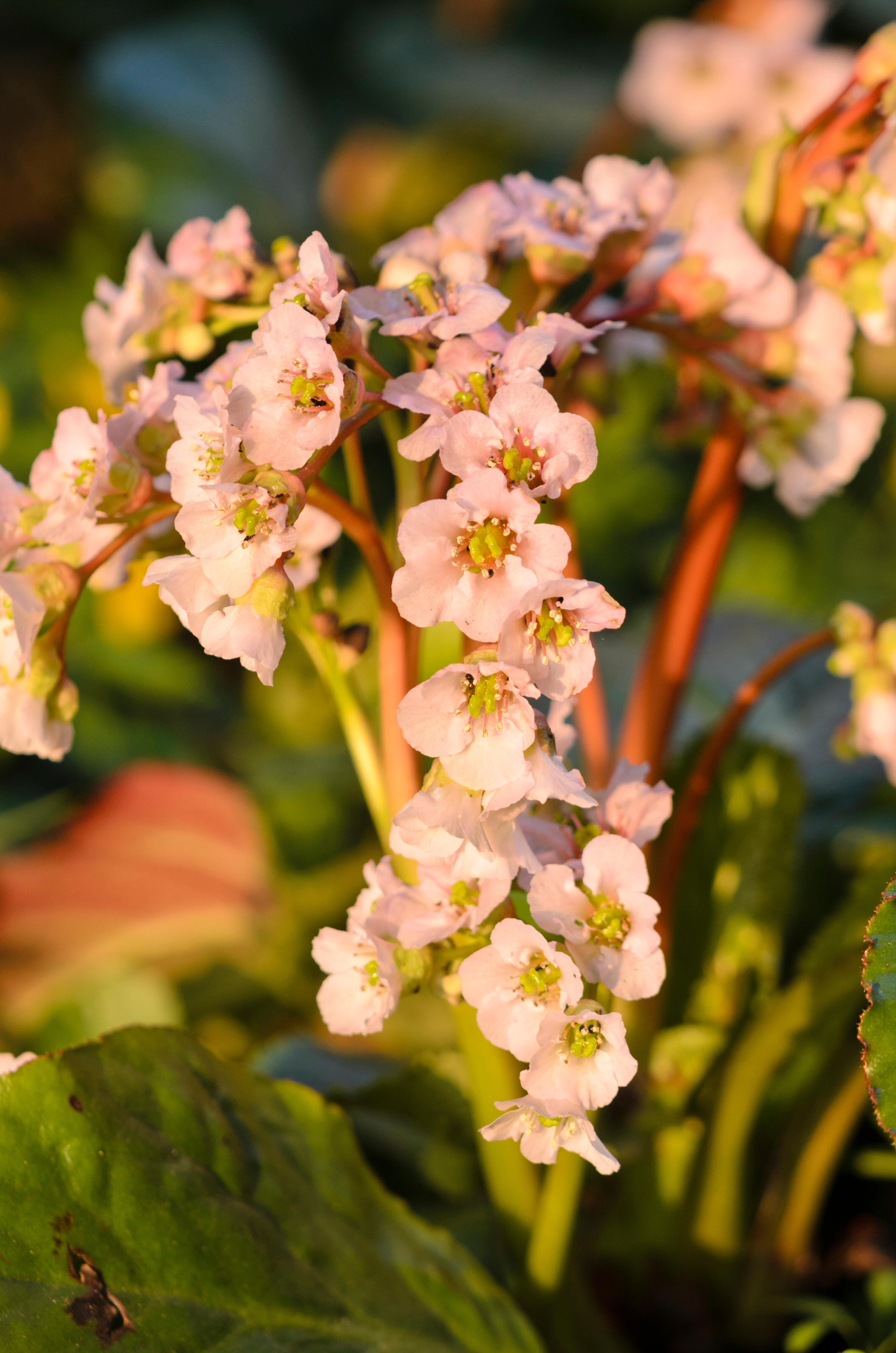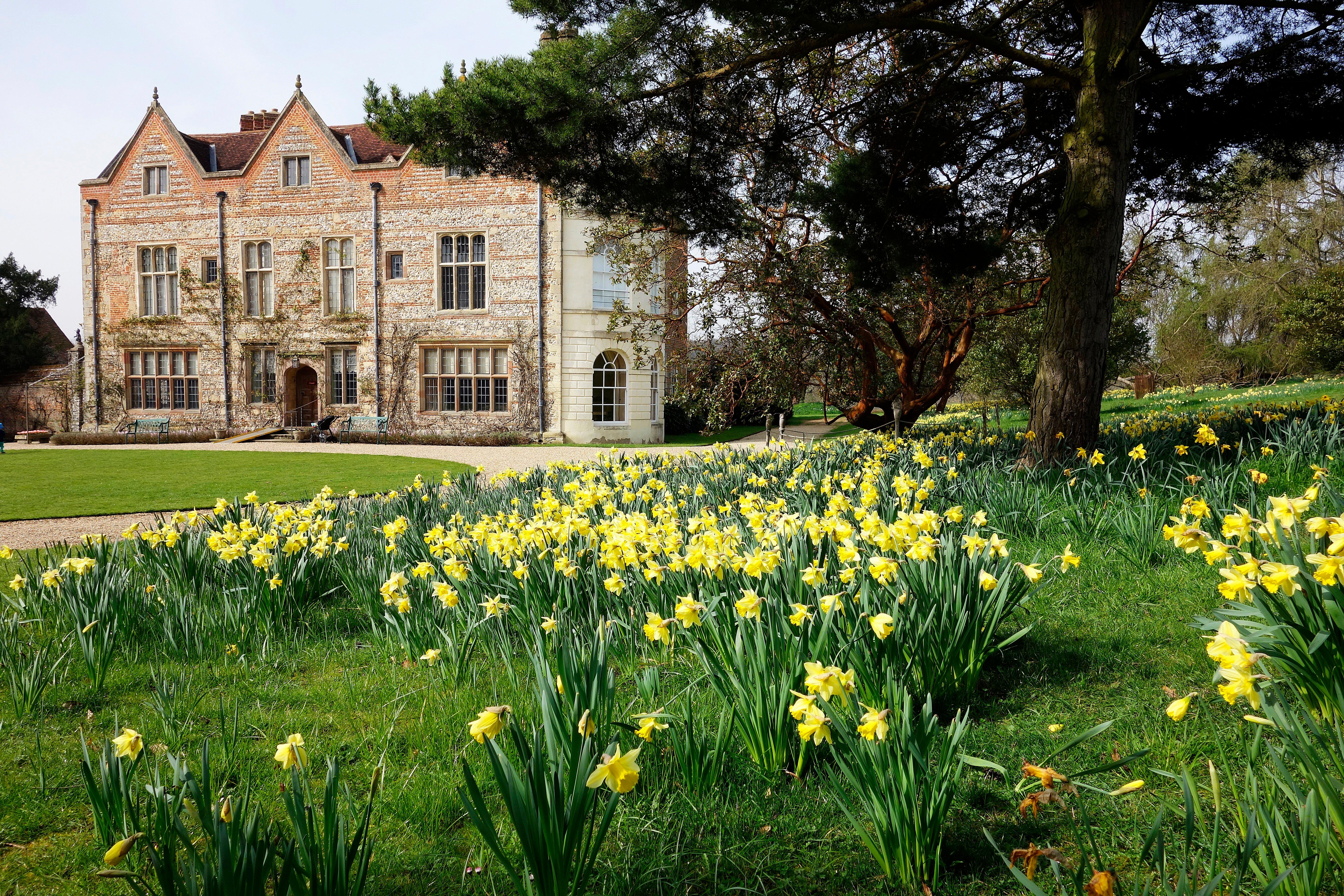Deadheading? Don't worry about it too much, or you'll miss out on some fine surprises
Mark Griffiths passes on sage advice about deadheading old plants from one of the greats of gardening — but cautions us all not to be over-dedicated, or you might miss out on some unexpected pleasures.

Rosemary Verey, the much-missed grande dame of English gardening, used to say ‘a garden that isn’t deadheaded is like a pretty girl with dirty fingernails’. By and large, her Cotswold idyll Barnsley House was rigorously manicured, but not everything was all of the time. Two plants she gave to me arose there from self-sown seeds. Obviously, their parents cannot have been deadheaded.
One is a variegated mutation of Geranium phaeum that looks too much like the victim of a milkshaking for my tastes. I persist with it nonetheless, as a keepsake and curio.
The other, altogether more desirable, is Paeonia delavayi. It began life as a seedling under one of two specimens of this Chinese tree peony in Barnsley’s Temple Garden. Mrs Verey pulled it out of the ground for me, having seen through my politely repressed coveting.
Over the years, it has proved unlike its mother plant and the second specimen in the Temple Garden. Its foliage is more finely cut and retains the ruddy flush of youth for longer, and its flowers are deep, glowing copper rather than shimmering maroon. Possibly, some other tree peony sired it. More probably, it falls within the spectrum of P. delavayi, a highly variable species. We simply call it Rosemary’s Baby — and devilishly good it is, too.
'I knew at once when the plant was conceived: 2015, the only summer when I didn’t deadhead our slipper orchids'
Between spontaneous hybridisation, innate genetic variability and random mutation, garden plants can be prolific inventors. There’s intense pleasure (and, sometimes, profit) to be had from spotting and nurturing the novelties they spawn.
To stay with Mrs Verey’s simile, however, one does have to allow the girl at least a few dirty finger-nails. In our garden this June, I was astonished to see a seductive new Venus’s slipper in flower where I’d never planted one. It was a cross, made by an insect and sown by the wind, between two Cypripedium species we grow.
I knew at once when the plant was conceived: 2015, the only summer when I didn’t deadhead our slipper orchids. In every other year, I’ve wielded the scissors swiftly and scrupulously in the belief (false, I now realise) that the plants would be exhausted by setting seed and that the seed wouldn’t come to anything anyway.
Exquisite houses, the beauty of Nature, and how to get the most from your life, straight to your inbox.

I’d not expected to play Christian Louboutin to Aphrodite, let alone without lifting a finger. I eagerly anticipate the moment when I can collect the seeds of other interbreeding or variable plants, however, and do something creative with them.
Hellebores are among the most rewarding, being promiscuous and prolific, and yet their progeny struggle if left in their parents’ shadow. Instead, I gather their seeds as they become ripe and scatter them over unplanted patches. The same goes for Hepaticas and for Cyclamen hederifolium and C. coum.
A decade of this dissemination, possibly less, coupled with assessment and selection of the resulting seedlings, will produce colonies and carpets, sweeps and swathes of wonderfully contrasting colours and forms.
'Our azaleas, which are setting seed unusually well this year, promise offspring from even racier couplings'
Other seeds fare better if sown fresh in pots and left in sheltered spots. I’ve a legion of Mahonia seedlings all germinated from berries collected from the supremely graceful M. Narihira. As they develop, many appear to be hybrids, variously exhibiting the parental influences of three other Mahonias that we grow. These may be not only new plants, but new breeds.
Our azaleas, which are setting seed unusually well this year, promise offspring from even racier couplings. I’ll soon be decanting their fatly fecund little capsules into propagators filled with sphagnum and perlite.
Meanwhile, the business goes on of collecting seeds for continuity’s rather than innovation’s sake. For us, the subjects are mostly annuals and short-lived perennials that come true and in which we hope never to see a change. They include dame’s rocket (Hesperis matronalis), purple-black Queen Anne’s lace (Anthriscus sylvestris Ravens-wing) and heartsease (Viola tricolor) in the meadow; honesty (Lunaria annua) and lemon-and-lime alexanders (Smyrnium perfoliatum) in shade; and, in the gravel garden, iridescent mauve honeywort (Cerinthe major Purpurascens), the frosty-leaved and fiery-flowered horned poppy Glaucium corniculatum and Catananche caerulea, the love-at-first-sight swirl of silver and sapphire so aptly known as Cupid’s dart. They would and do sow themselves around unaided, these ephemerals that one wishes lived forever, but often in the wrong place or too densely.
And so, as soon as they’re ripe, we gather some of their seedheads and leave the rest in situ. The harvest is then set to dry, upended in a row of recycled envelopes in the shed. There they’ll wait until spring, deadheaded, but gently shedding the myriad makings of new life.

Mark Griffiths: Why gardening is vastly richer, wider and deeper than in Gertrude Jekyll’s day
Gertrude Jekyll loved bergenais, but she'd be the first to agree that the variety around today far outshines what was

Credit: Alamy
The best daffodils and narcissi to grow your garden, whether in pots, grass or borders
With more than 26,000 to choose from, it can be agonising deciding which narcissus to grow. Charles Quest-Ritson asks daffodil

Credit: Alamy Stock Photo
How to create a classic English country cottage garden: What to plant, where to plant it and what to use around it
The classic English country garden has an appeal that never goes out of style. Val Bourne reflects on how it's